Compostable Clothes
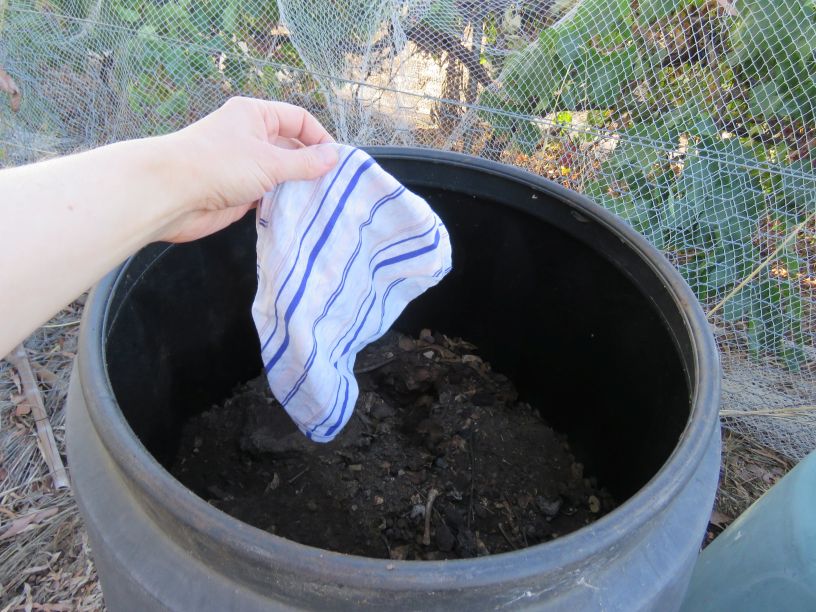
Last week I unleashed the first part of A Year of Zero Waste Sewing, which you can download for free in this blog post.
In it, I talked about fastenings for clothes which are compostable. I found the whole subject so fascinating and discovered lots more than could ever be fitted into a small booklet, that I thought I’d devote a separate blog post to it.
There are not many fashion businesses producing clothes which are compostable. As end-of-life is an important part of sustainability, I was rather surprised that it isn’t given higher priority.
But of course, it is not so simple. The whole garment needs to be compostable, including the fastenings, thread, labels, elastic, embellishments and so on. Dyes, prints, coatings etc on the fabric might contaminate the compost. Not everyone has a backyard compost bin. There aren’t really any compostable alternatives to fabrics such as spandex or nylon which are used in active/swim/high performance wear.
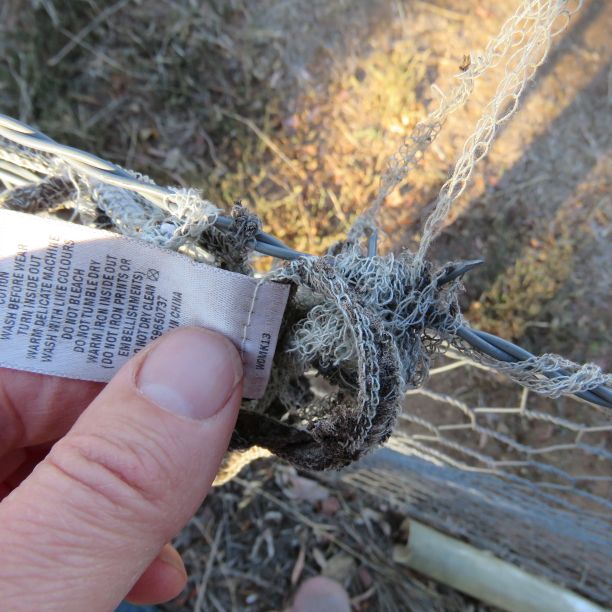
The fabric, which I presume was cotton, has almost entirely disappeared, but the care label is still very readable and the polyester overlocking is in almost pristine condition.
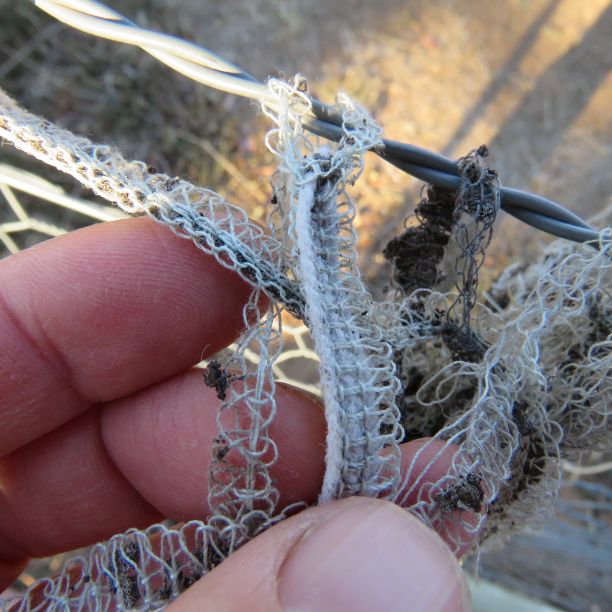
I already knew about A Very Good Bra, and found a podcast interview with the founder Stephanie Devine. She commented that only a few years ago she wouldn’t have been able to produce a compostable bra since no-one was producing the compostable components (elastic, thread etc). I came across some other companies making compostable clothes here.
When I thought about all the components of clothes other than fabric, which I’ve been using for so many years, I realised that they are practically all plastic or metal, and not so easy to separate from the garment once it’s worn out.
Historic clothes gave some ideas for alternatives and there’s a wealth of information in the historical re-enactment scene, if one digs around on the internet. I thoroughly enjoyed trying some of the buttons shown below – there are little step-by-steps for these in A Year of Zero Waste Sewing.
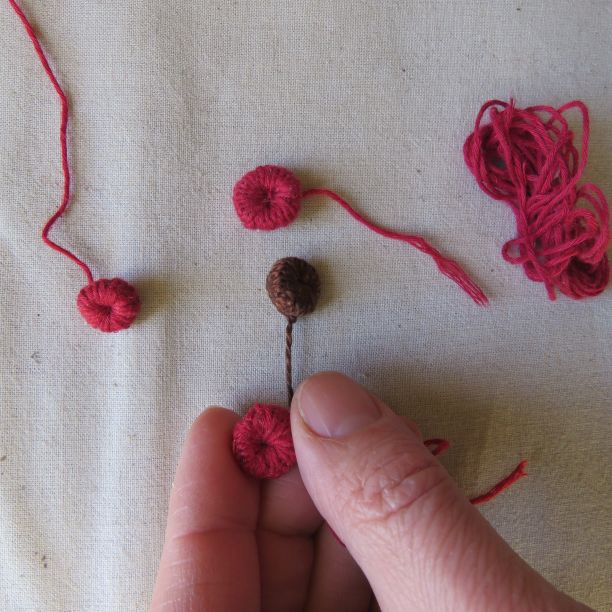
I plan to use thread buttons on the next shirt I make.
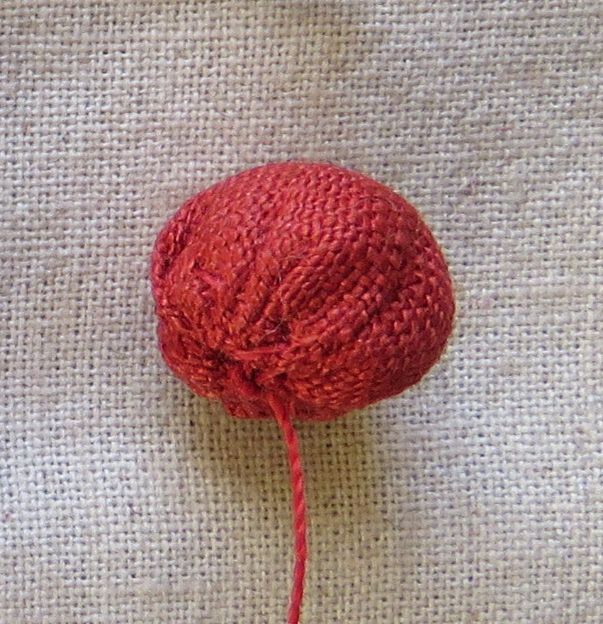
I was mega-impressed with this. It makes a spherical, very firm button. Rows of these on sleeves or on the front of a dress would look great.
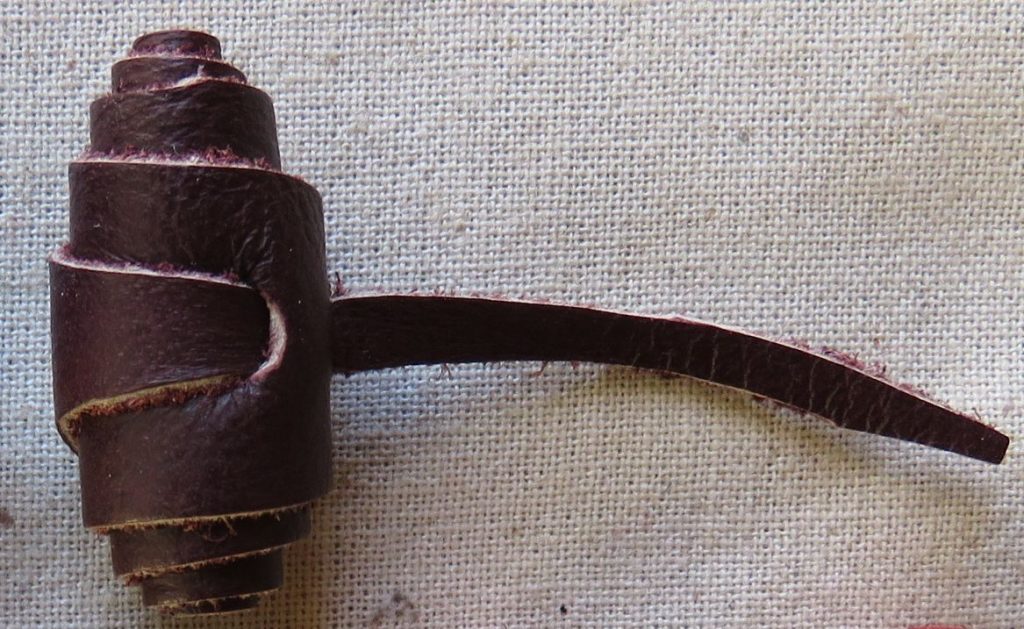


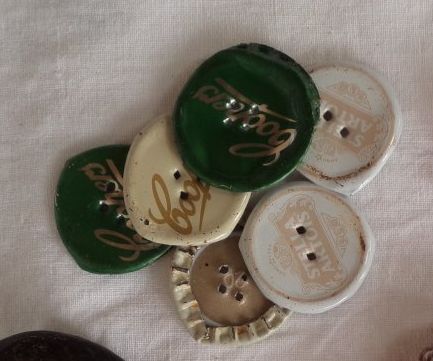
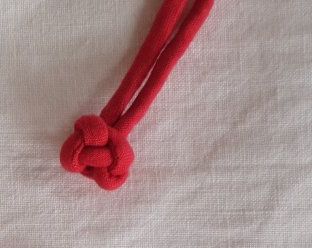
So the whole exercise had me thinking more practically about garment end-of-life, because even with the best garment care, mending and re-using, eventually it will become rubbish.
Cheers!
Another area that I’ve been thinking about lately is the iron-on interfacing we use and how that would compost.
Good thought – I missed that. I think most interfacing is poly/cotton…but what of the glue?
We could always use different weights of plain cotton and sew them in, like in the days before fusible interfacing.
Thank you so much for this article- have just purchased my first compostable bra and undies, and am researching tencel overlocking thread!
You’re a star!
Yes we easily could, as interfacing is essentially just another layer of fabric.
Interested in your tencel overlocking thread investigations – hopefully demand by industry for things like this will follow on to home sewing supplies too.
The REAL stars are the people who make these clothes 🙂
https://www.sewforgood.com.au/collections/sewpure-gots-certified-organic-thread-300m
Not overlocking thread but eco sewing notions available from Australia!
Do you follow @madeorremade who deconstructs and reuses the thread, fabric, fastenings etc from jeans? Because of course we should reuse before we compost. I inherited my grandmother’s button box and diligently cut off any buttons before I relegate my clothes to dusters or whatever, but have never gone as far as removing the thread.
I do! His little Cutting Up Jeans zine is on my desk here. Lots of good ideas in there – I had not considered removing thread from jeans to re-use.
Brilliant, thanks for the testing, I’ll try that next.
I’m rather put off by the Very Good Bra, for the simple reason that it only uses the image of very thin models, and doesn’t make the effort to address the majority of us women with “ordinary” bodies. It shows that we’re still very far from a society where body standards are less important. It’s nice to be environment friendly, the work of that company is huge, but it’s a shame their thinking/concept couldn’t go that inch further…
Well anyway, thank you for your work!
Cheers, Celine, thanks for reading.
Why don’t you drop them a line and mention it? I’m sure there are other people who have thought the same thing 🙂
One idea for a composting iron on interfacing comes to me: “School glue” here in California is a starch glue sub. that can be eaten by small children without ill effects. It also washes out. I use the school glue in quilting where pins don’t do the job. It irons dry and keeps fabric together. I will try it slightly watered down to allow a smaller amount to adhere sew in interfacing(which seems to be a tad cheaper that the iron in type). However there is the problem of non-woven interfacing being made of plastic. Another thought is to buy very thin muslin from Asian fabric stores we have here. They sell thin fabric. The other option is to use plastic packaging and fuse layers to get the desired density. It of course won’t compost, but it is a way to repurpose plastic.
Thanks Janelle for all these interfacing ideas. I will check our school glue. I wonder if there is a glue that is easy to make at home?
It looks like there are a few biodegradable fusible interfacings available, eg https://www.offsetwarehouse.com/products/cotton-viscose-fusible-interfacing
I haven’t tried it yet, but I’ve come across this recipe for easy homemade glue on the blog Zero-Waste Chef (sounds like you may have an affinity with Anne-Marie, the author of that blog!) — https://zerowastechef.com/2020/10/07/plastic-free-glue-wheat-paste/
There is also a tencel overlockibg thread from James Tailoring in the UK but the costs for having it shipped to Australia are astronomical.
Hmmm…yes, many of the compostable thread options are $$$.
This is the goal of my very-neglected micro business! Tragically I bought conventionally dyed cotton fabrics and after several years I still don’t know what to do with them. As a home sewist I found it very difficult to find information about the fabrics, wholesalers, and dyes and solvents etc. used in production.
I love The Very Good Bra!
Another project I’m working on is a tessellating wardrobe, as well as a set of patterns that can be used at the micro-business scale to produce a small run of zero-waste garments (similar to the model you have termed low-waste, but using all the pieces across multiple garments). Thank you for the fantastic blog Liz.
Hi Michelle, I just followed your micro business on Insta 🙂 Yep, lots to consider with making things compostable, and sounds like some great future plans there!
Do mother of pearl buttons ever break down? Seems like they should
It would take a long time, I guess. They’re made from sea shells and apparently disintegrate on contact with acids.